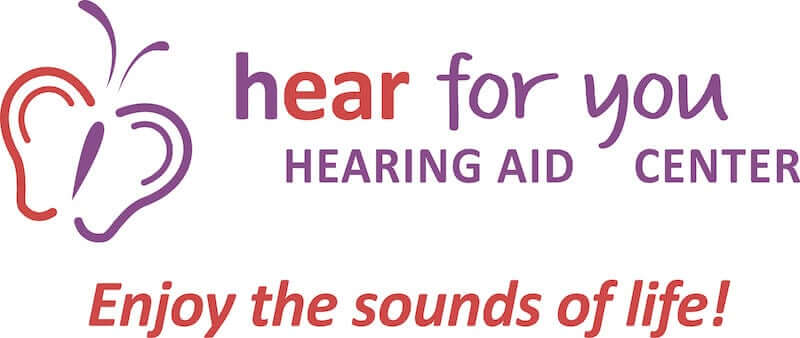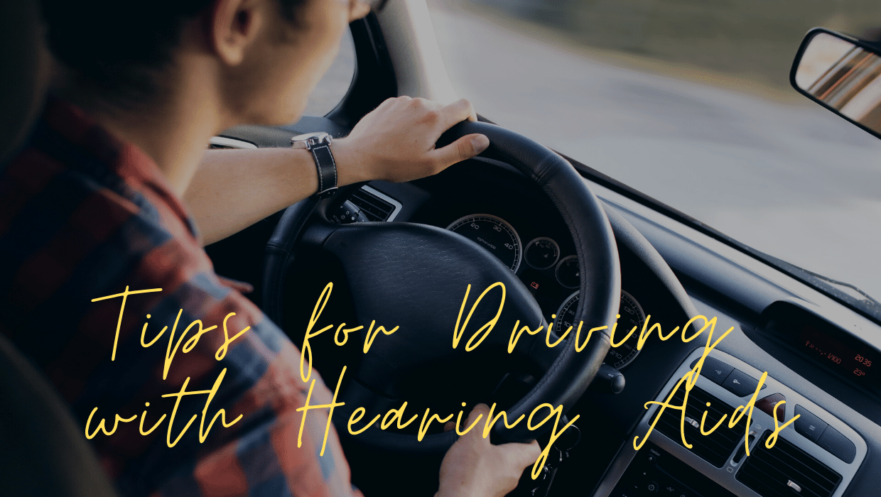Anyone who lives with hearing loss can vouch for the unexpected challenges it can present in life. From traveling abroad to visiting your next-door neighbor, there are special considerations you have to take into account for hearing loss. There are even factors to consider for everyday tasks like driving. If you wear hearing aids and find yourself behind the wheel, here are a few tips for a safe trip!
Windows Up
For safe driving it is best to optimize your hearing. Driving with the windows up eliminates the loud noise of wind rushing into your car. Wind noise can be loud and harsh for people with normal hearing, but if you are wearing hearing aids wind noise can be extra distracting.
Keep your concentration where it belongs: on the road. Make it a habit to drive with the windows up and control your temperature with your car’s AC system. Not only can you customize the temperature of your car to your exact comfort, you also will be able to pick up on audio cues you may miss with the windows down.
Carry a Hearing Impairment Card
Getting pulled over by the police is always stressful, more so if you have trouble hearing speech. If you have hearing loss and are a frequent driver it is a good idea to carry a hearing impairment card clipped to the backside of your window visor. You can find printable hearing impairment visor cards and templates for cards online such as these. A typical visor card will notify the officer you have a hearing impairment and the best way to communicate with you.
If you get pulled over, park on the shoulder in a well-lit location, if possible. Make sure your hands are visible, shut off your car’s engine, roll down your front driver’s side window and swing your visor down and over so your visor card is clearly visible as the officer approaches your car. Some drivers with hearing loss also keep a communication card available that shows simple graphics to communicate driving issues, such as why you were stopped or directions.
Keep Extra Distance
You are probably an excellent driver, and we want to keep it that way. Your hearing loss means you may not catch all the audio cues that occur in traffic. If a vehicle is in distress or a siren is approaching, you may not hear the sounds that other drivers can use to make decisions. Compensate for this by putting a little extra space between yourself and other cars, especially in fast moving traffic. A little extra room can help you be sure you have the time to catch visual cues and are able to adequately slow down if needed. While the standard is 2 seconds worth of distance between you and the next car in traffic, following vehicles with 3 seconds of space can give you better peace of mind as you travel.
Stream Directions
Are you in your car daily and is it your primary mode of travel? For people who use their car often, consider opting for hearing aids that offer smartphone streaming. Streaming audio delivers sound directly to your ear canal for better focus and comprehension and it is a great feature offered on many modern hearing aids. In cars, streaming audio can be used to deliver directions streaming through your hearing aid to eliminate confusion.
Even if you don’t have this feature on your hearing aids, you want directions to be amplified. Use your car stereo to boost smartphone or digital device audio so you can stay on track. If you are on the road with a copilot who is helping you navigate, ask them to accompany their directions with simple hand signals (like pointing left, right and center). Using signals can help you anticipate your next move even if you weren’t able to catch all the details.
Quiet Time
Hearing loss means you’ll have to work a little harder than other drivers to observe everything going on around you. Like wind from your windows, listening to loud radio programs or music can be very distracting. Instead, opt for quiet time in the car and keep the volume low or even off. This is especially helpful in complicated traffic situations like navigating busy city streets or rush hour traffic patterns.

